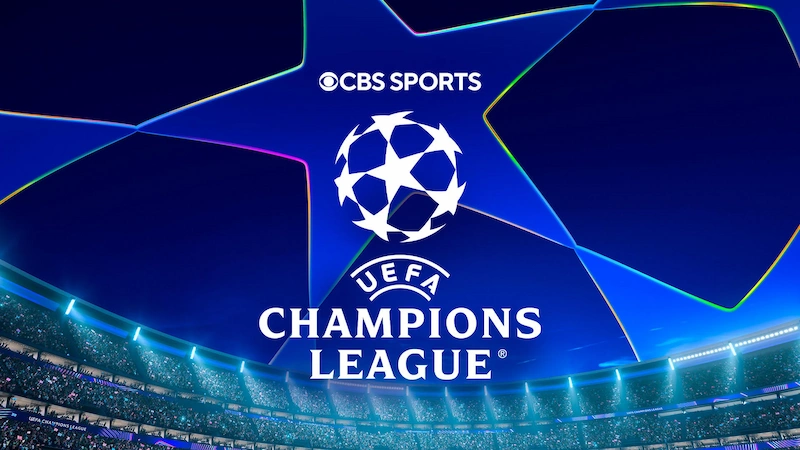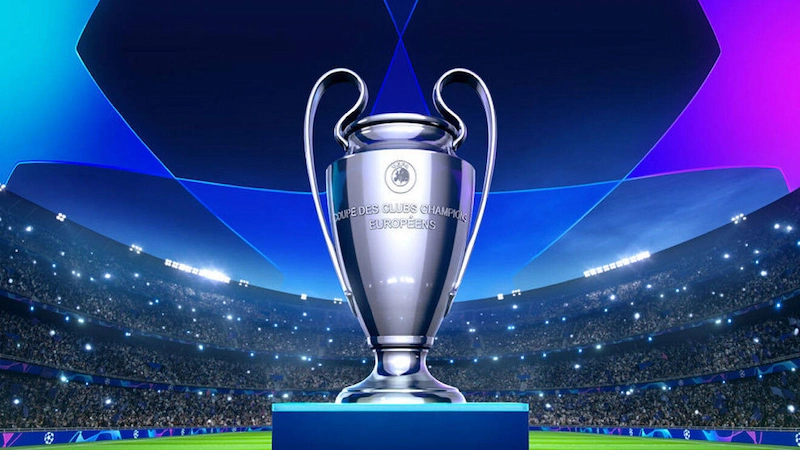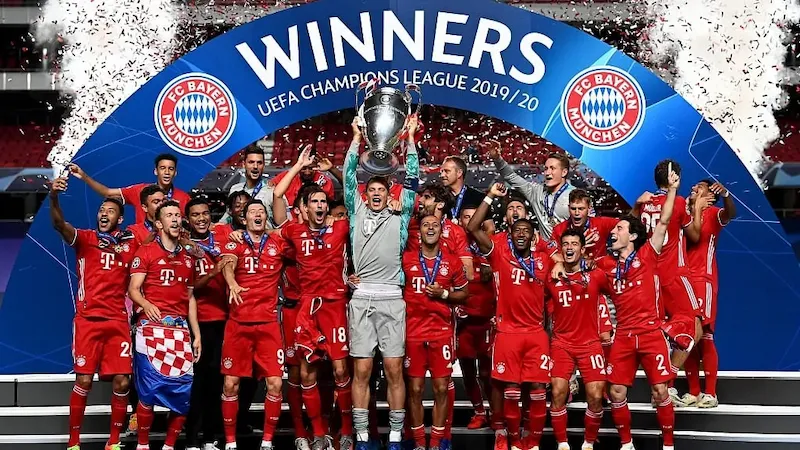Football is not only a sport, but also a passion, culture, and emotional moments. Among the club tournaments in the world, the European Cup C1 (UEFA Champions League) is the most prestigious playground, where the top teams from European national championships gather. You do not have much information about this prestigious football tournament, let’s find out with VIPPH right away!
Overview of the UEFA Champions League
The UEFA Champions League is an annual club football tournament organized by the Union of European Football Associations (UEFA). The tournament brings together the best teams from European national championships, aiming to find a champion.
Before 1992, this tournament was called the European Champion Clubs’ Cup (European Cup C1), with a format for the national championship teams. However, from the 1992-93 season, UEFA decided to change the name to the Champions League and expand the participants, making the tournament more attractive and competitive.

History of Formation and Development: What is the C1 Cup?
Early stages (1955 – 1992):
In 1955, the tournament was born under the name European Cup, with only 16 national championship teams participating.
Real Madrid dominated the early stages, winning five consecutive titles from 1956 to 1960, laying the foundation for the tournament’s reputation.
In 1991, UEFA experimented with a group stage format instead of a knockout format from the start.

Modern stage (1992–present): UEFA Champions League
In 1992, the tournament was renamed the UEFA Champions League, expanding to include runners-up, and even third and fourth-placed teams from Europe’s top leagues.
The group stage system was officially introduced with 32 teams from the 1994–95 season, creating more dramatic confrontations.
Since 1997, higher-ranked teams from Europe’s top leagues (England, Spain, Germany, Italy) have been able to participate.
In 2010–present, UEFA has improved the format to allow teams from smaller countries to compete.
What are the conditions for participation in the UEFA Champions League?

How to choose participating teams
The UEFA Champions League is the most prestigious club tournament in Europe, but not every team participates. UEFA determines the number of teams from each country based on the UEFA coefficient – an index reflecting the strength of that country’s football based on the achievements of the clubs in the last five seasons in UEFA competitions.
Under this system, the strongest countries (England, Spain, Germany, Italy) can have a maximum of 4 direct places in the group stage, while lower-ranked countries will have fewer places and play in the qualifying round.
Here is how UEFA allocates the participating places according to the UEFA coefficient rankings:
- Highest-ranked countries (1-4): 4 direct places in the group stage.
- Countries ranked 5-6: 3 direct places in the group stage, 1 place in the qualifying round.
- Countries ranked 7-10: 2 direct group stage places, 1 qualifying round place.
- Countries ranked 11-15: 1 direct group stage place, 1 qualifying round place.
- Countries ranked 16 and above: 1 qualifying round place.
In addition to the based on domestic league position, the UEFA Champions League champions and the UEFA Europa League champions of the previous season are also automatically entered into the group stage regardless of their domestic league performance.
Criteria for consideration when there are teams in the same ranking
In the event of two teams being equal on points and competing for a Champions League place, UEFA will apply the following ranking criteria:
- Head-to-head record (if the two teams have met in their domestic league).
- Goal difference in the entire season.
- Number of scored goals (priority given to the team with more goals).
- Number of away goals (if further consideration is required).
- Fair-play index (yellow cards, red cards, violations of the rules).
- UEFA coefficient ranking of the club in the last 5 years (if further consideration is required).
This helps ensure fairness and eliminates cheating or calculating advantages in the final rounds of the domestic league.

Rules on teams from the same country
Maximum number of 5 teams from one country: If the Champions League winner is not the top 4 of the domestic league, that country will have 5 places to participate (4 teams according to ranking and 1 team according to championship position).
Restriction on early meetings: Teams from the same country will not be in the same group in the group stage to ensure diverse competition. They can only meet from the quarter-finals onwards.
Financial and stadium requirements
Clubs wishing to participate in the Champions League must meet financial and physical criteria, including:
A UEFA Professional Club License ensures the club is financially stable.
Not violating the Financial Fair Play (FFP) regulations. If a club has debts that exceed the limit, it can be excluded from the Champions League (as was the case with AC Milan in 2019).
Stadium meets UEFA standards: The stadium must meet UEFA standards, including a quality field surface, full lighting, security, media, and VAR systems. If the home ground is not up to standard, the club may have to play on a neutral ground.
